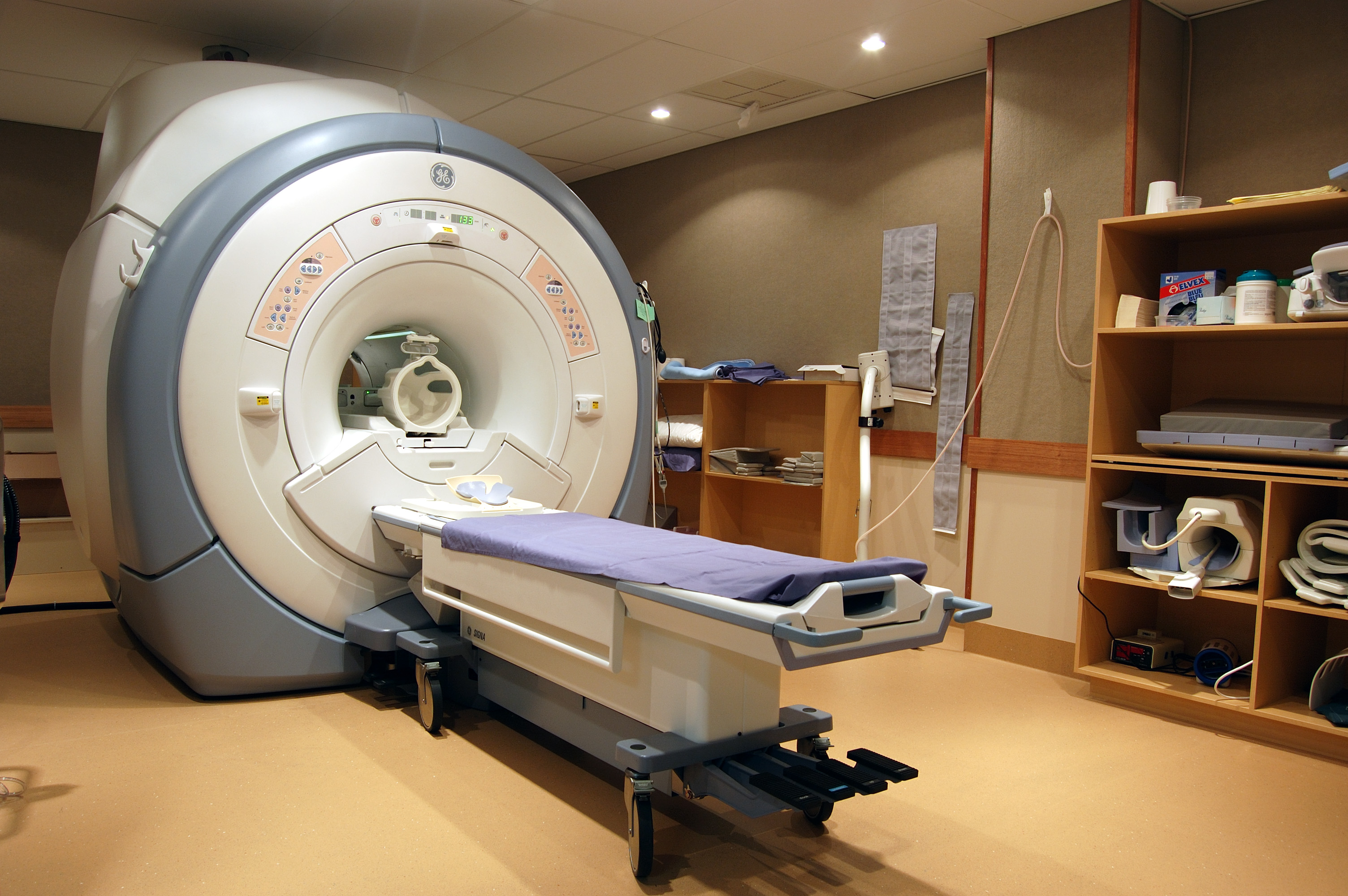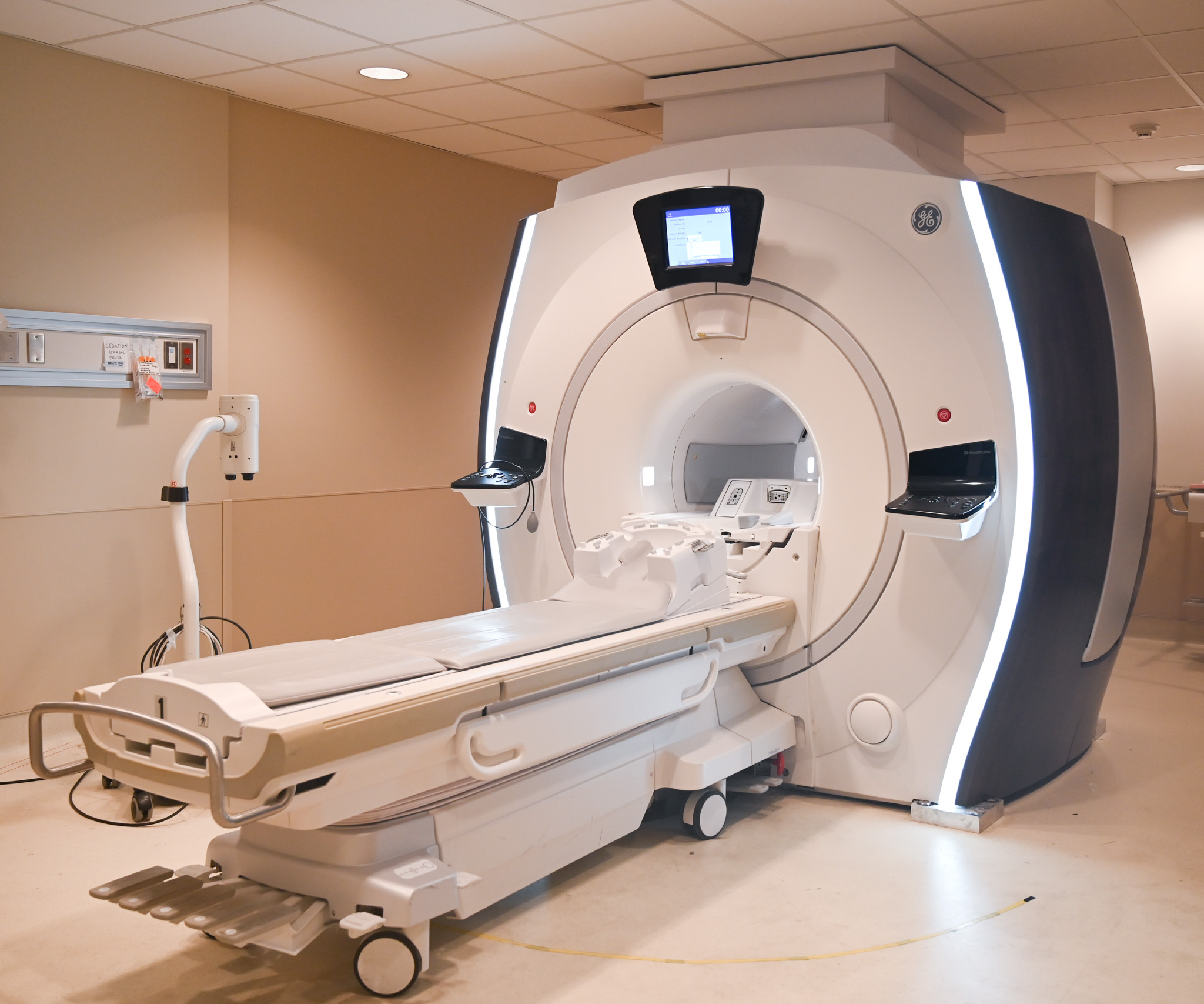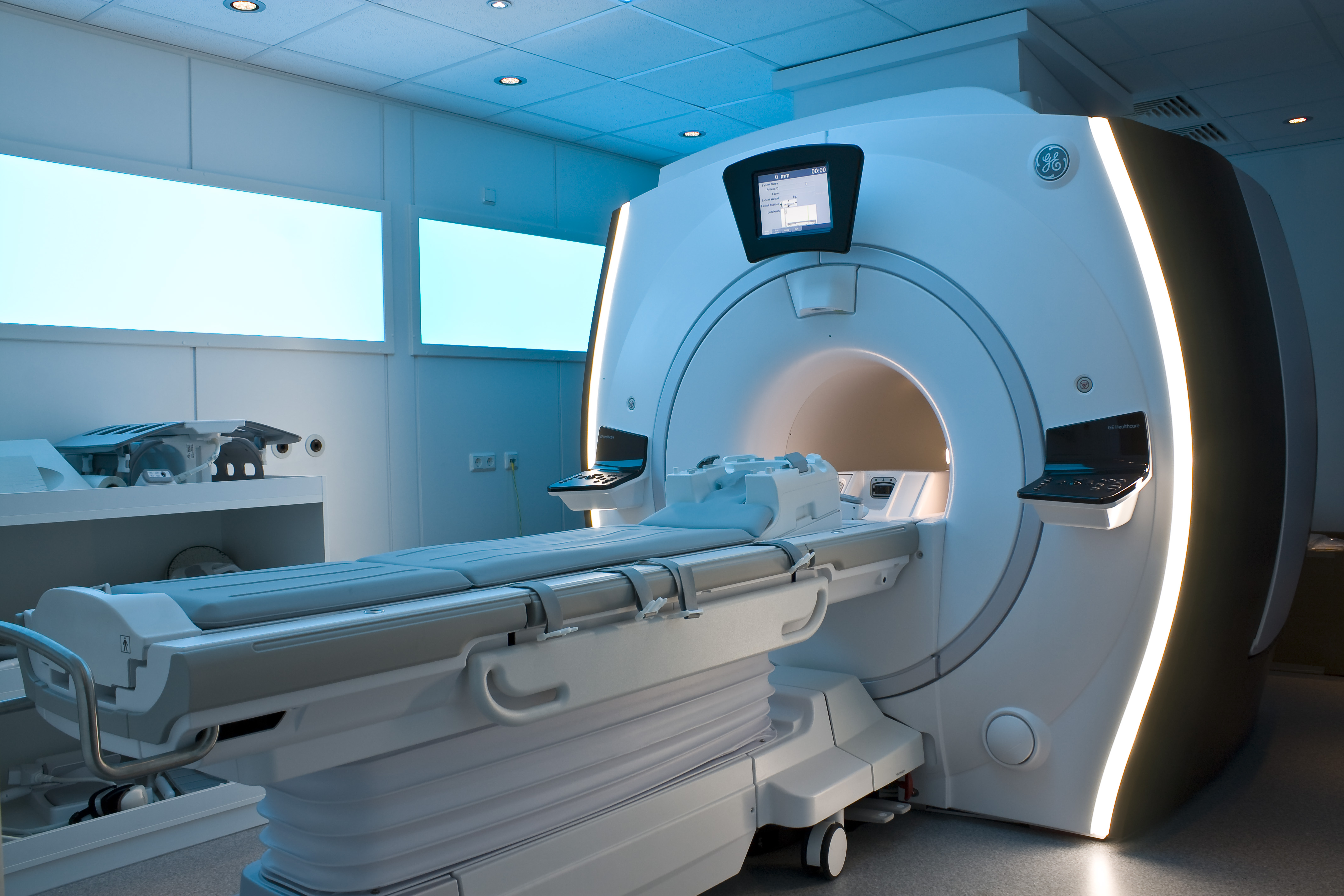Considering MRI Nail Polish? What You Really Need To Know
Getting ready for a medical imaging test can sometimes bring up a lot of little questions you might not have thought about before. Things like, what should I wear? Can I eat beforehand? And, for many people, a common thought that pops up is about their nails. Specifically, folks often wonder about their favorite polish, or perhaps even that fresh manicure, and how it might fit in with an upcoming MRI. It's a very practical concern, after all, and something that can feel a bit puzzling if you're not sure what to expect.
You see, an MRI, which stands for magnetic resonance imaging, is a rather special kind of test. It uses some pretty powerful magnets, along with radio waves, and a computer to create very detailed pictures of the inside of your body. These images are super helpful for doctors, allowing them to look closely at organs and other structures to figure out what might be going on, perhaps to diagnose a disease or to check on an injury. So, it's a big deal for getting a clear look inside, you know?
Because of how an MRI works, with its strong magnetic fields, there are some specific things to keep in mind for your safety and to make sure the images come out clear. This is where the topic of nail polish, particularly "mri nail polish," comes into the conversation. People are naturally curious if their pretty nails could somehow cause an issue during this important medical procedure. It's a good question to ask, and honestly, a lot of folks have it on their minds as they prepare for their scan.
Table of Contents
- Understanding MRI Scans
- Why Nail Polish Is a Question for MRI
- Preparing Your Nails for an MRI
- Common Questions About MRI and Nail Polish
Understanding MRI Scans
So, let's talk a little more about what an MRI actually does, because it's pretty clever. As I was saying, it's a medical imaging method that helps doctors see inside your body without needing to make any cuts. It's a noninvasive way to get detailed images of almost every internal part, including your organs, bones, and soft tissues. A doctor might order an MRI scan to learn more about your condition, to help them understand what's happening internally, you know?
The process itself involves a large machine that looks like a big tube, and you lie down inside it. This machine then uses a very strong magnetic field and radio waves. These waves interact with the water molecules in your body, and a computer captures the signals to create those clear pictures. It's a painless procedure, typically, but the machine can be a bit noisy, and you need to stay very still for the best results. That's why they give you earplugs or headphones, usually, to help with the sound, or so it seems.
Because of the powerful magnet involved, safety is a really big deal with MRI scans. Anything that could be affected by a strong magnetic field needs to be carefully considered. This includes things like pacemakers, certain types of metal implants, and even some jewelry. That's why, when you're getting ready for an MRI, they ask you a lot of questions about your medical history and anything you might have on or in your body. It's all about making sure the scan is as safe and effective as it can be for you, that is.
Why Nail Polish Is a Question for MRI
It might seem odd that something as simple as nail polish could be a topic of discussion for a high-tech medical scan. But, honestly, it's a fair question, and one that comes up quite often for people getting ready for an MRI. The main reason this even becomes a point of interest goes back to what's in some of these beauty products. So, let's break that down a bit, because it's a bit more involved than you might think.
The Metal Connection
The core of the concern, you see, is about tiny bits of metal. Some nail polishes, especially those that have a metallic, glittery, or shimmery look, can contain small amounts of metallic particles. These could be things like iron oxides, which give polish its color, or other types of metal flakes that make it sparkle. Now, remember how an MRI uses a really strong magnet? Well, these tiny metal particles, even if they're super small, could potentially react to that powerful magnetic field. It's not usually a huge danger, but it could cause a few issues, more or less.
For one thing, a reaction from these metallic particles could cause a bit of heating in the area. While this is rare and usually not severe with just nail polish, it's a possibility that medical staff need to consider. More commonly, though, the presence of these metallic elements can actually mess with the MRI images themselves. They can create what are called "artifacts," which are basically distortions or blurry spots on the pictures. These distortions can make it harder for the doctor to see what they need to see, and that, arguably, defeats the whole purpose of the scan.
So, when we talk about "mri nail polish," we're really talking about whether a particular polish might contain something that could interact with the magnetic field or interfere with the image quality. It's not about the color itself, or the shine, but what makes that color or shine possible. This is why hospitals and imaging centers often suggest removing all nail polish before your scan, just to be on the safe side, you know?
Types of Nail Polish and Their Ingredients
When you think about all the different kinds of nail polish out there today, it's quite a range. You have your standard, everyday polish, then there are gel polishes, dip powders, and even acrylics. Each of these can have different ingredients, and some are more likely to contain metallic components than others. For example, a plain cream-colored polish is probably less likely to have metal bits than a polish that's designed to look like crushed diamonds, if that makes sense.
Many regular polishes, especially those with a flat or matte finish, usually don't have significant metallic elements that would cause a problem. However, as I mentioned, anything with glitter, shimmer, or a metallic sheen is more likely to contain those small metal particles. Gel polishes and acrylics are a bit different, too. While the base layers themselves might not have metal, the topcoats or decorative elements often do. Plus, these types of applications are much harder to remove quickly right before a scan, which is another practical consideration, as a matter of fact.
It's also worth noting that the exact composition of nail polishes can vary a lot from brand to brand, and even from shade to shade within the same brand. This makes it tricky to say definitively which "mri nail polish" is totally fine without knowing the precise ingredients. This uncertainty is precisely why medical facilities often err on the side of caution and recommend a clean slate for your nails before an MRI. It just simplifies things for everyone, and ensures the best possible scan, apparently.
Preparing Your Nails for an MRI
Given the concerns we've talked about, the best advice for preparing your nails before an MRI is usually pretty straightforward. Most imaging centers will tell you to remove all nail polish from both your fingernails and your toenails. This simple step helps to eliminate any potential issues with metallic particles interacting with the MRI machine's strong magnet. It also means there's no chance of image distortion, which is really what everyone wants for an accurate diagnosis, right?
It's always a good idea to check with the facility where you're having your MRI done. They might have specific guidelines or preferences, and it's best to follow their instructions. They're the ones who know their equipment and procedures best, so listening to their advice is key. Plus, they can answer any last-minute questions you might have about your specific situation. So, a quick phone call before your appointment can save you some hassle, you know?
If you're worried about having bare nails, perhaps you could plan to remove your polish just before your appointment and then reapply it once your scan is complete. That way, you get the clear images needed for your health, and you can go back to having your nails look just how you like them. It's a temporary change for a very important reason, after all. You might even consider bringing a small bottle of polish remover and cotton pads with you to the appointment, just in case you forget or need to do a quick touch-up, that is.
Simple Polish and MRI Safety
For plain, non-metallic, and non-glittery nail polishes, the risk of interference with an MRI is generally considered very low. These types of polishes usually don't contain the significant amounts of metallic pigments that could react to the magnetic field or cause image artifacts. So, if you're wearing a basic red or a classic nude, it's less likely to be an issue compared to something with a lot of sparkle, or so it seems.
However, even with simple polishes, some facilities still prefer them to be removed. This is often a blanket policy to avoid any confusion or accidental issues. It's also sometimes about ensuring the technicians can clearly see your nail beds, which can be important for monitoring your circulation during the scan. So, while the direct magnetic interaction might be minimal with simple polish, there are other practical reasons why removal is often requested, anyway.
Ultimately, when it comes to any kind of "mri nail polish" question, the safest approach is to just take it off. It's a small inconvenience that ensures the best possible outcome for your medical imaging. Think of it as part of your preparation for a successful scan, just like wearing comfortable clothes or following fasting instructions. It just makes the whole process smoother for everyone involved, you know?
What About Gel or Acrylic Nails?
Now, gel polishes and acrylic nails present a slightly different challenge. These are much more durable and are not as easy to remove as traditional nail polish. They often require a special soaking process or professional removal at a salon. This makes them a bit more of a planning consideration if you have an MRI scheduled, as a matter of fact.
Some gel polishes, particularly those with glitter or metallic finishes, can also contain the same types of metallic particles found in regular polish. Acrylics, while typically not containing metallic pigments in the base, might have decorative elements or topcoats that do. Because these applications are so strong and hard to take off quickly, if there's any concern about their contents, it's usually recommended to have them removed by a professional well before your MRI appointment. This gives you plenty of time and avoids any last-minute stress, typically.
If you have gel or acrylic nails and an MRI is coming up, it's really important to discuss this with your doctor or the imaging center staff. They can advise you on whether removal is absolutely necessary for your specific scan type and body part being imaged. Sometimes, for certain types of MRIs, it might be less of a concern, but it's always best to get clear guidance. It's better to be prepared than to find out you need them removed right when you arrive for your appointment, you know?
Common Questions About MRI and Nail Polish
Here are some common questions people ask when they're thinking about nail polish and their upcoming MRI, just to clear things up a bit.
Do I need to remove all nail polish for an MRI?
Generally speaking, yes, it's a good idea to remove all nail polish, including clear coats, from both your fingernails and toenails before an MRI. This is the safest approach to prevent any potential interference with the magnetic field or distortions in the images. It just helps ensure the best possible scan quality, you know? Your doctor or the imaging center will give you specific instructions, and it's always best to follow those.
Can nail polish cause burns during an MRI?
While it's rare, some nail polishes, especially those with metallic or glittery components, contain tiny metal particles that could potentially heat up during an MRI due to the strong magnetic field. This heating could, in very unusual circumstances, cause a skin irritation or a mild burn. This is one of the main reasons why removal is often recommended, to avoid even the slightest risk. So, to be safe, it's better to go without, or so it seems.
What happens if I forget to remove my nail polish before an MRI?
If you forget, the imaging staff will likely ask you to remove it before your scan. They usually have nail polish remover available for this purpose, but it's much easier if you do it at home beforehand. If it's a type of polish that's hard to remove, like gel or acrylic, it could potentially delay or even reschedule your appointment if they can't get it off. So, it's really best to take care of it ahead of time, to be honest.
For more details on preparing for medical imaging, you can learn more about MRI procedures on our site. Also, check out information on medical imaging safety to help you feel more at ease.

Magnetic resonance imaging (MRI) — Science Learning Hub

MRI (Magnetic Resonance Imaging) - Humber River Health

Imaging | Pain Specialists of Charleston